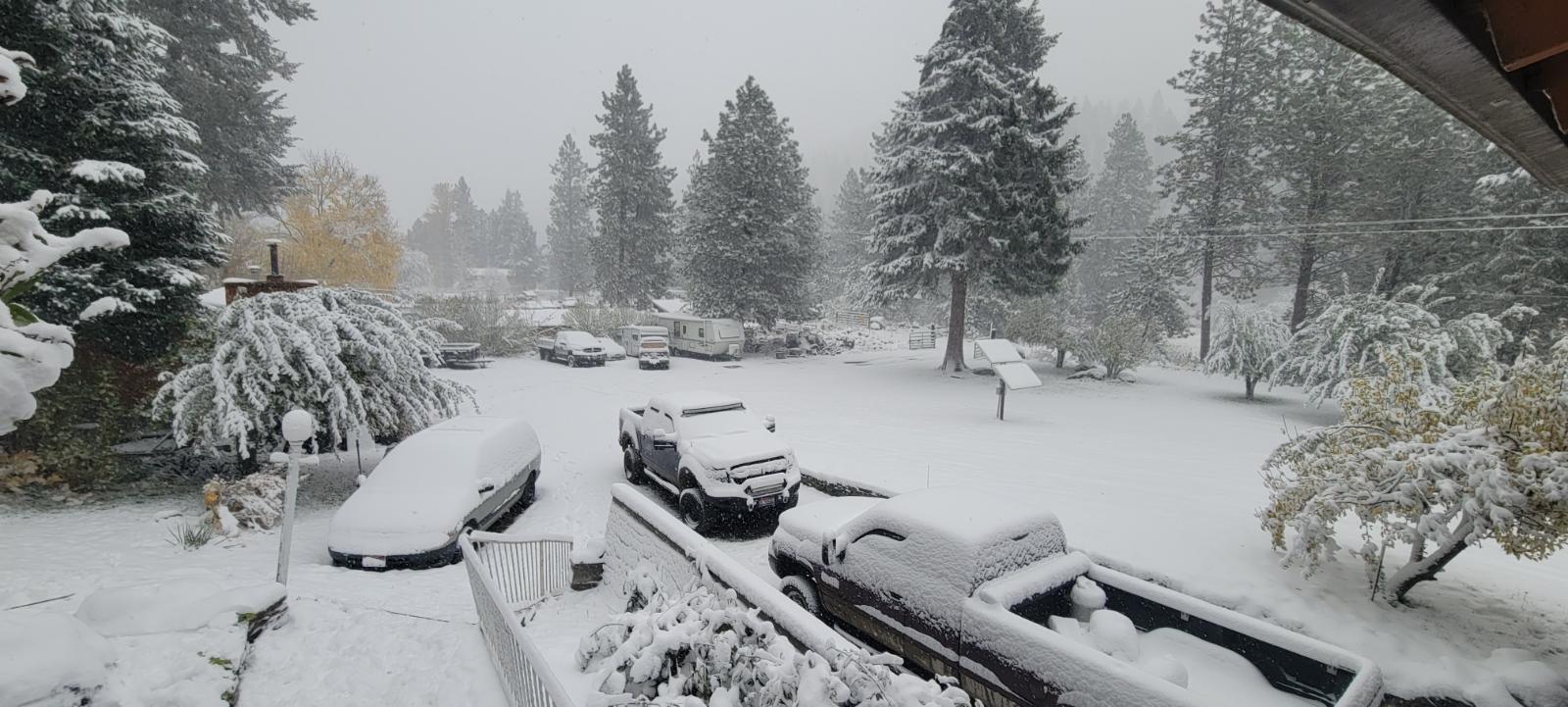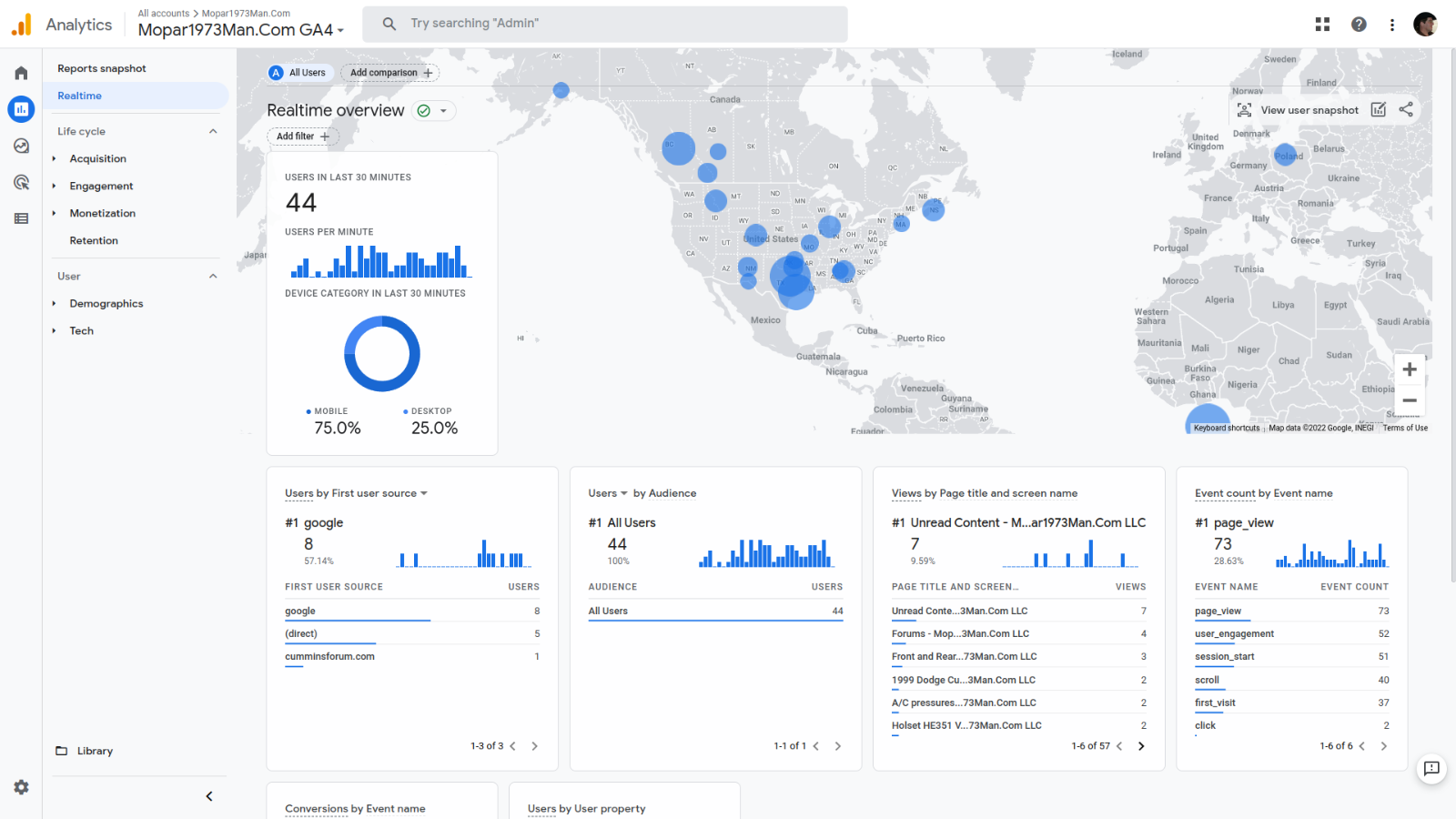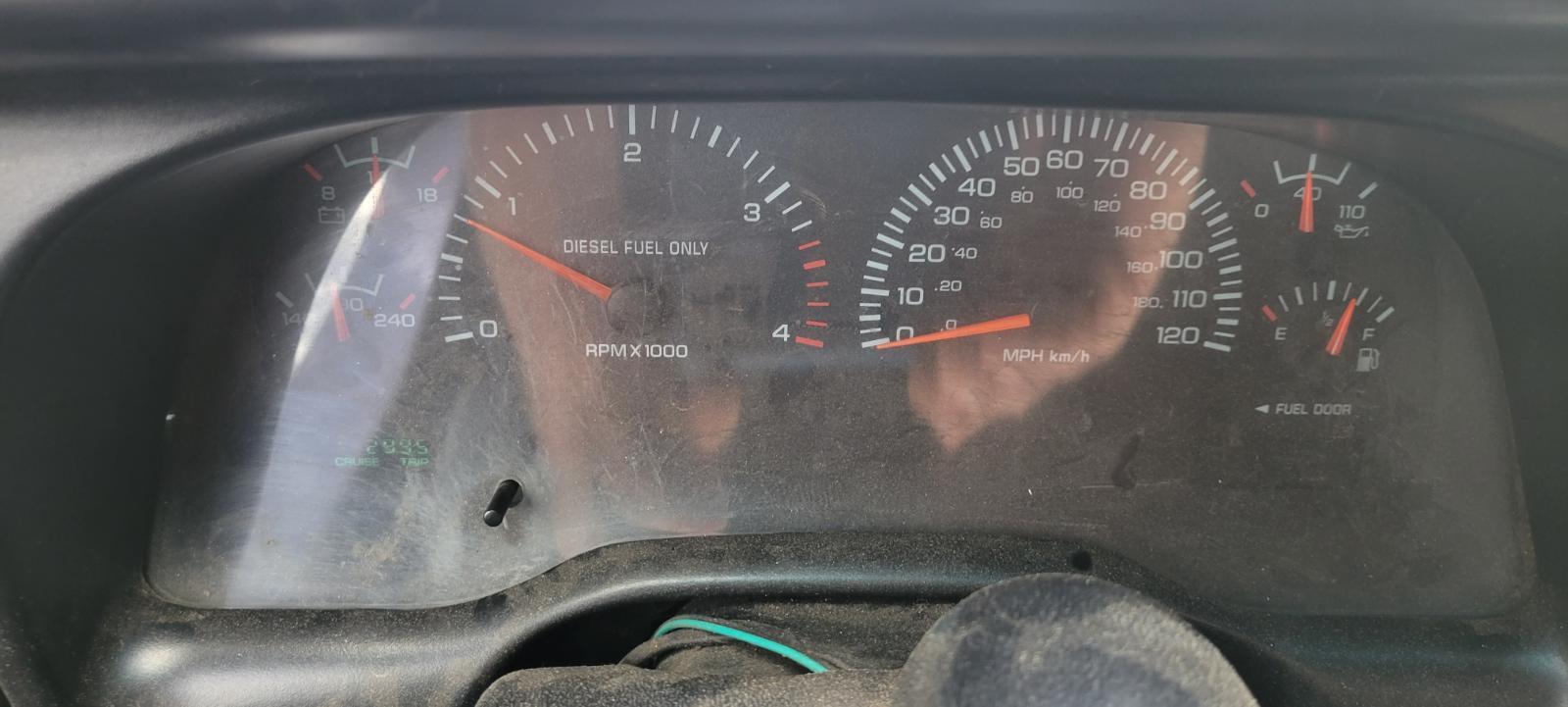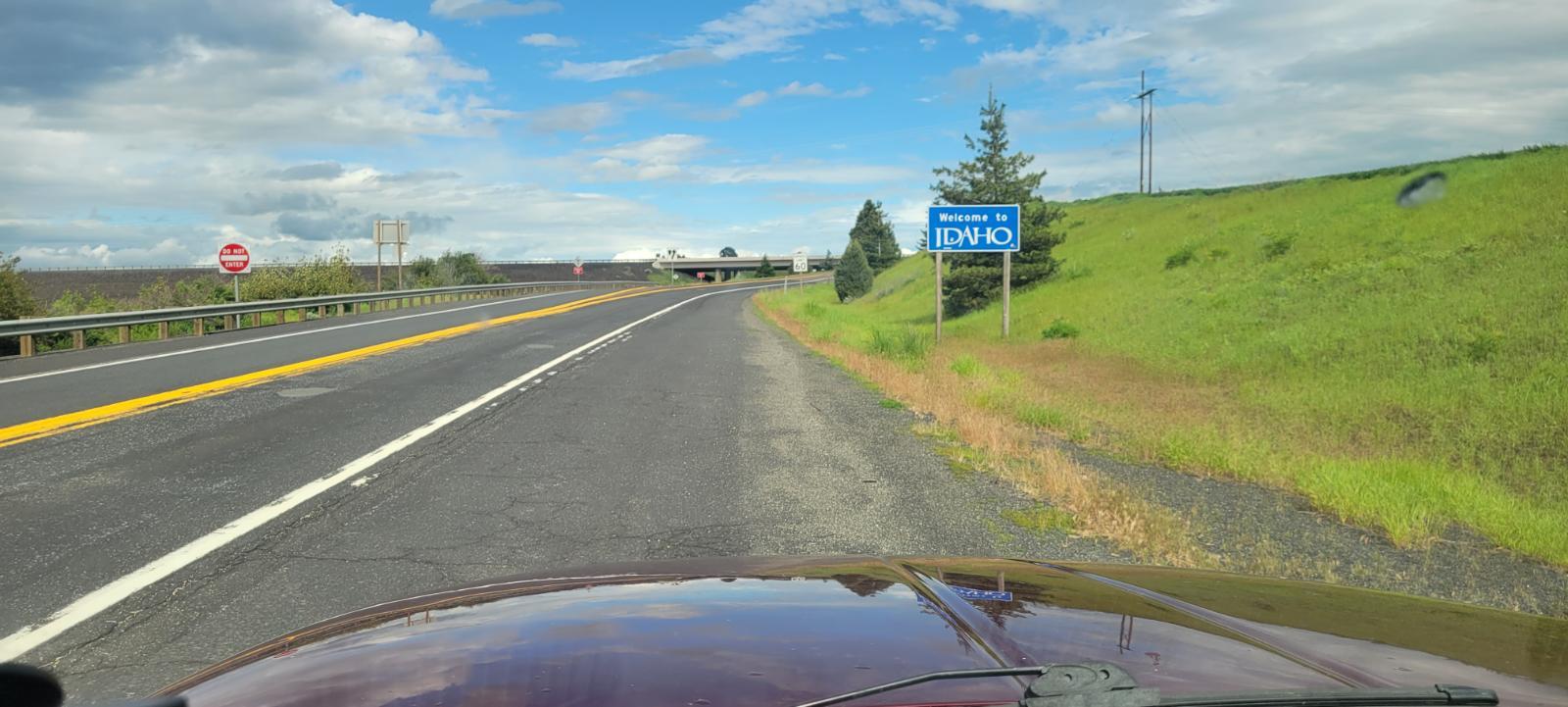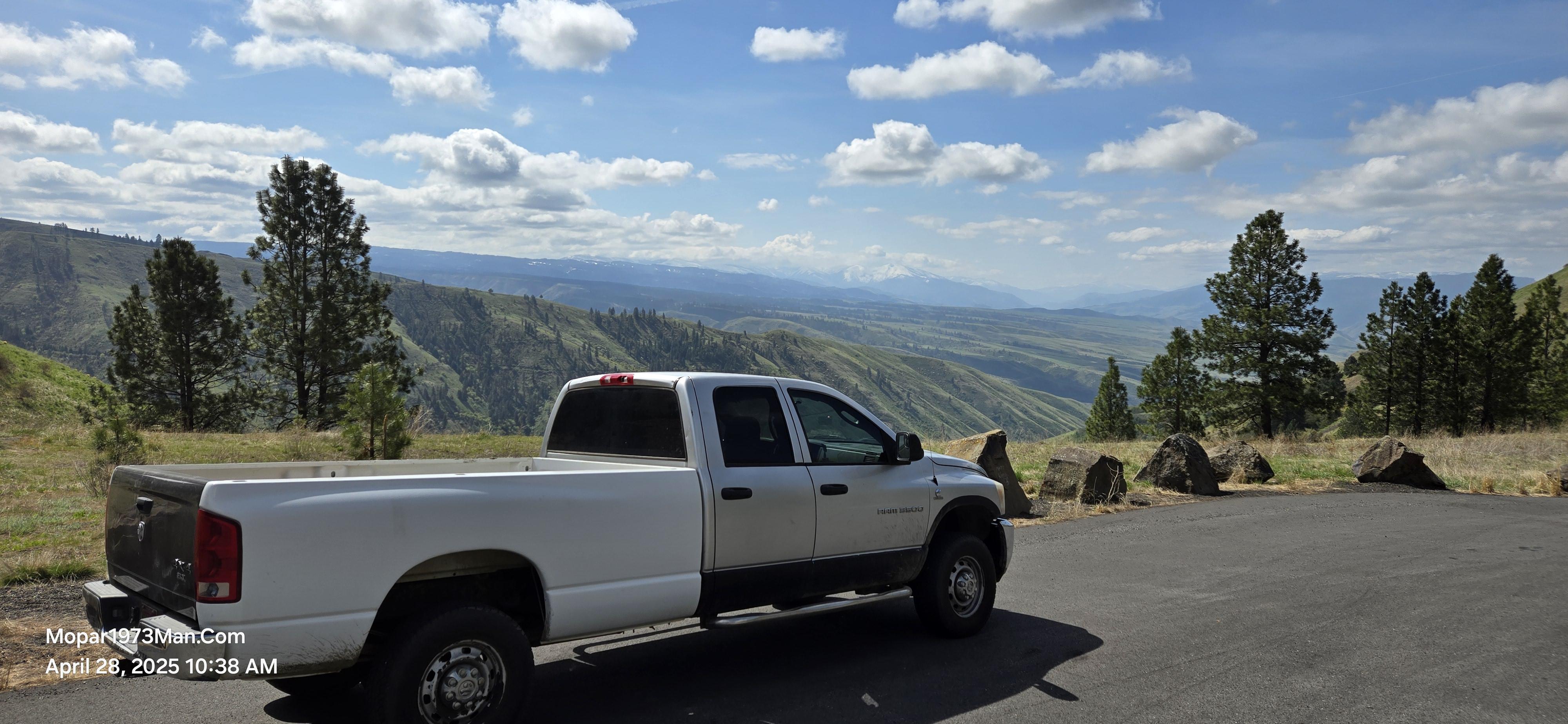
Everything posted by Mopar1973Man
-
Replacing head gasket
VP44 could be bad, doesn't have to throw codes to be bad either. If compression is there and the only thing left is being able to inject fuel.
-
Diesel engines
https://www.tiktok.com/t/ZTRxgM6rG/
-
Hello everyone...
Actually the snow is a bit early for down here. Tonight its going to drop down to +17*F tonight and be cold. Still nothing much to panic about I was running in McCall ID in 2WD most of the day.
-
replacing 1980's heatilator fireplace insert with a new wood stove.
Do not use the stainless flex or stainless pipe. I had my past renter (Eileen's Son - Jacob) which managed to melt that stainless flex tube and drop the entire chimney liner back down inside the damper inside the chimney. Mark my current renter pull it all out and replaced the bottom half with all steel pipe and adjustable elbows and now its working again. Mark complains about being too hot now.
-
New places to camp
For me I don't think camping is going to occur till after winter is over being its been snowing here for most of the early morning hours. The RV you can see tucked in next to the tree in the yard.
-
Hello everyone...
-
Midna's build
I wish... I fried my OBDLink LX series on a bad firmware update. I've not replaced it yet but plan on it soon.
-
Engine miss/studder & ABS Light
No. The ABS is most likely a speed sensor. The misfire is going be separate. You could unplug the ABS module to see but I doubt it will change the misfire.
-
New places to camp
Heck it's just a day drive to get to Seattle WA from here in New Meadows ID.
-
Hello everyone...
Wow. Hang in there.
-
Higher flow exhaust manifolds?
Older photo already done. Even Armor-All'ed the dash.
-
GDP intake
- Hello everyone...
Yeah at this point I'm more or less gotta put Minnie away for the winter other than running to Riggins, ID maybe. It getting cold by Wednesday and will be +17*F for a evening temperature here. Yeah I'm moved over to running the diesel trucks. As for this scare of diesel running out I really doubt it will happen being Jet A and diesel are very close in design. Then Gasoline will always be produced with a by product of diesel. I'm stocked up here with food, supplies, and diesel fuel. Cold morning here at 27*F above but by Wednesday it will be starting out as low as +17*F. I see you all... Yup I can see who is on and where they come from...- Pilothouse/RAM3500 build
Damn internet is slow today really slow. 3 second video that takes 5 minutes to download enough to even see it happen. That is really cool!- Dually wheels, rear valve stem alignment.
Back in the 70's the old 1976 Dodge Jamboree I had had the pin alignment for the wheels and the stem were required to be 180 out from each other and the pin ensured that it happened. That was back with steel wheels and 16.5 inch tires.- I believe my fuel return line is leaking.
The ol' Cummins bear hug to change the return line seals. Yes removing the valve cover works just a we bit better being you will have a bit more room to reach down with big paws. Sad to say I've got big hands and some thing just are hell for me to do but I still do them.- New places to camp
I love going to dry camping places if possible. Prices for renting a piece of dirt and a little power is ridiculous. I'm already solar powered just need two new house batteries. Like the last place @Honey Badger and I went and camped was in the middle of nowhere, no fees, dry camping and we did just fine.- Hello everyone...
Today the family went out to Red Ridge near McCall and were shooting our firearms. AR's, AK's, 50 cal rifle, etc. I even pulled out my Fire Star did rather well with my 9mm. Cold out, little snow but not bad at all. Had a camp fire, food and friends and family enjoying our time together. Of course I had Beast out there and played a little bit in the snow. The truck is still a muddy mess on the body.- Fuel return seals
Thanks for the review. Thanks @Genos Garage for supplying the members here.- New places to camp
Oregon is just a 2 hour ride away for me. I can be in Ontario OR pretty quick. Let me know I might consider that next spring.- Hello everyone...
Myself, been busy between working on the server here, trying to get the new store set up. Then my girlfriend @Honey Badger has a family reunion going on tonight we're she has both son here at the house. Tomorrow is birthday party for her youngest here. We will have all the family here at 5pm for a dinner and cake.- Higher flow exhaust manifolds?
I'm still running a stock exhaust manifold with stock HX35W turbo (54/60/12) with 150 HP DAP injectors (7 x 0.010) popped at 320 bar. No flow issues, no EGT issues either. My normal cruising EGTs are about 550°F at 65 MPH @ 1,975 RPMs. Engine oil temp is even low at 158°F to 165°F, Beast, doesn't create heat anywhere. I do not see the need for manifolds either intake or exhaust maybe up past 600 HP I would consider maybe thinking of it. But right at 500 HP Nope. I've towed my RV from Idaho to the mountains of California, no heat issues. Then been on a road trip to Seattle WA. That trip cleared 300 miles just a quarter tank getting to the Idaho state line. Flow isn't the issue, bigger issue is proper setup and tuning goes much farther than throwing a bunch of parts trying to fix heat issues.- Common Sense Obituary
Common Sense is no longer common, it's rather rare.- Turbo/Injector balance for towing/EGT control
1,100°F is best. 1,200 to 1,250°F is OK but your coolant temp will rise. Still exceptable but gotta keep an eye on coolant temps. Now I can push past on wiretap levels for extra power. But limit to just seconds, on a quick pass.- Durafoam seat cushion
Sad part is the motors usually hold up but the plastic gears dont. - Hello everyone...





